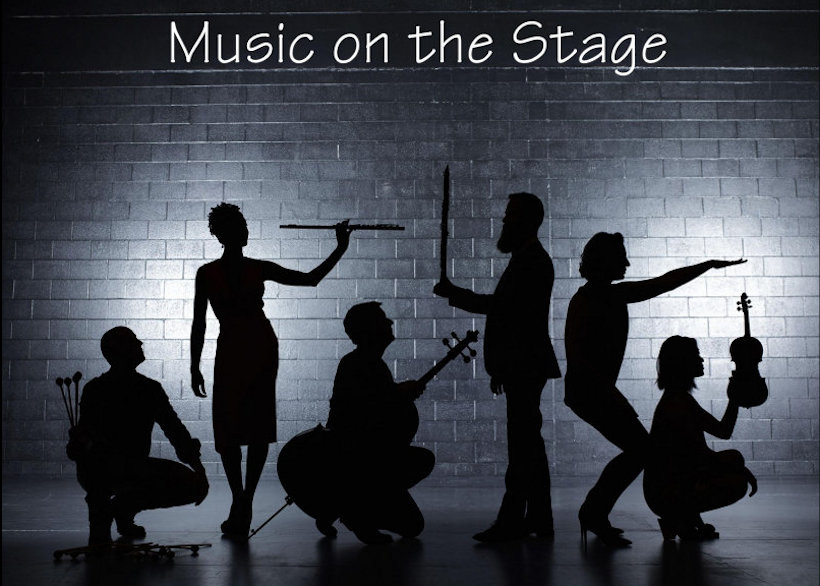10. In Smaller Packets.
Arnold Schoenberg and Igor Stravinsky were responsible for two of the largest works in the years prior to WW1: Gurrelieder
and The Rite of Spring. Yet within a couple of years each had composed quasi-theatrical pieces for altogether smaller
forces: Pierrot Lunaire (1912), which calls for seven performers, and The Soldier’s Tale (1918), which requires
eight. Although their direct descendants were few, these two works gave permission for many others that were short in length,
modest in scale, and unconventional in genre. If not the parents of a new generation, they were at least the godfathers.
One such godchild was Façade (1922), an entertainment concocted by William Walton to poems by Edith Sitwell; it will be
the third featured work in our first hour. In the second hour, I shall play portions of six other works written over the next
half-century, and invite you to comment on their kinship to one or other of the original two. rb.
The script, videos, and images will be posted immediately after class.
Most of the videos shown in class are available on YouTube. The exceptions, marked with *asterisks, are The Seven
Deadly Sins (for which I have the Prologue from the production we saw but Lust from an entirely different
one) and Appalachian Spring (with an equally good clip from the Martha Graham Company, but showing a
different section of the work). Both Pierrot videos, the Benjamin Luxon Soldier's Tale, the Ojai
Façade, the Janacek, the Milhaud, and the Maxwell Davies are in fact complete performances, cued to where we
started in class. rb.
| |
|
|
|
|
|
| IMAGES |
The thumbnails below cover the slides shown in class, though
there may be a few small discrepancies. Click the thumbnail to see a larger image.
Click on the right
or left of the larger picture to go forward or back, or outside it to close. |
 | |
 | |
 | |
 | |
 | |
 | |
 | |
 | |
 | |
 | |
 | |
 | |
 | |
 | |
 | |
 | |
 | |
 | |
 | |
 | |
 | |
 | |
 | |
 | |
Here are brief bios of the artists, composers, and writers considered in the class, listed in order of birth.
 |
Leoš Janácek, 1854–1928. Czech composer.
Janácek turned to opera fairly late in his career, but his half-dozen mature works in the medium place him in the forefront of opera composers of the 20th century, not only for their distinctive musical style but also their unusual structure and dramatic innovation. Among them are: Jenufa (1903), Káta Kabanová (1921), The Cunning Little Vixen (1923), The Makropoulos Affair (1925), and From the House of the Dead (1928).
|
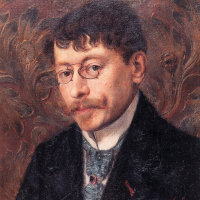 |
Albert Giraud, 1860–1929. Belgian poet.
Giraud (born Emile Albert Kayenbergh) was a Symbolist poet whose principal claim to lasting fame is his Pierrot Lunaire (1884), set to music by Arnold Schoenberg in 1912.
|
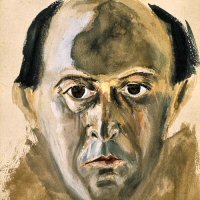 |
Arnold Schoenberg, 1874–1951. Austrian composer and theorist.
Schoenberg is most famous in the history of music as the developer first of atonal music and then of the principle of musical organization known as Serialism. He wrote three shorter operas, but his masterpiece is Moses und Aron. Although he conceived it in three acts, Schoenberg had only finished two when he emigrated to America in 1934, and it is this version that is usually performed. [Schoenberg was also a painter; this is a self-portrait.]
|
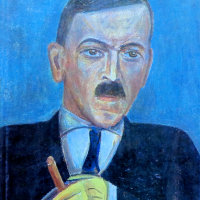 |
Charles Ferdinand Ramuz, 1878–1947. Swiss writer.
Ramuz was born in Lausanne and remained near there for most of his life, except for some study in Germany and a decade in Paris before WW1. He is best known as the author of The Soldier's Tale, set to music by Stravinsky in 1918.
|
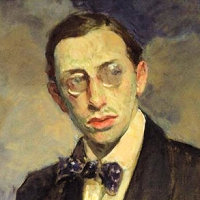 |
Igor Stravinsky, 1882–1971. Russian-American composer.
Starting as an enfant terrible in Paris with the ballets he wrote for Serge Diaghilev, he gradually pared back his resources, developing a neo-classical style between about 1930 and 1955, but eventually turning his back on tonality.
|
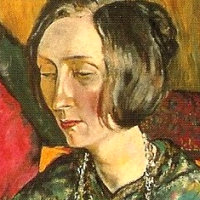 |
Edith Sitwell, 1887–1964. English poet.
The eldest of three literary siblings (with Osbert and Sacheverell) from an aristocratic family, Edith was a fixture in London artistic circles in the earlier 20th century, as famous for her eccentric costuming and manner as for her modernist poetry. Her collection Façade was set to music by William Walton in 1922.
|
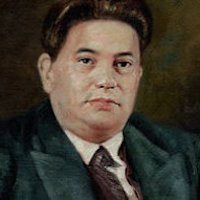 |
Darius Milhaud, 1892–1974. French composer.
A member of Les Six (with Satie, Poulenc, and others), Milhaud was a prolific composer in all media, noted for his early use of jazz and his experiments in polytonality and unusual instrumental combinations.
|
 |
Martha Graham, 1894–1991. American choreographer.
Graham technique is at the root of much modern dance, even today. In her 70-year career, she collaborated with major composers and designers to create over 180 works, ranging from the iconic Americanism of Appalachian Spring (1944) to treatments of mythological subjects, such as the Medea story in Cave of the Heart (1948).
|
 |
Bertolt Brecht, 1898–1956. German dramatist.
Brecht's importance to musical theater rests mainly on his collaborations with Kurt Weill between 1928 and 1932: The Threepenny Opera, Happy End, Mahagonny, and The Seven Deadly Sins. A Communist, he fled the Nazi régime, but returned after the War to found the celebrated Berliner Ensemble in East Berlin.
|
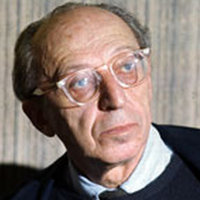 |
Aaron Copland, 1900–1990. American composer.
Trained in Paris, Copland began writing in the style of the European avant garde, but in his ballet commissions in the 1930s and 1940s, such as Billy the Kid, Rodeo, and Appalachian Spring, he developed the open folk-inflected style that has become, for many people, the sound of American music.
|
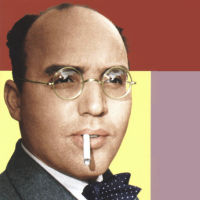 |
Kurt Weill, 1900–50. German American composer.
Weill became famous in Berlin for his collaborations with Bertolt Brecht, among them The Threepenny Opera (1928, a satirical adaptation of John Gay's The Beggar's Opera,) and the political opera The Rise and Fall of the City of Mahagonny (1930). Fleeing Nazi Germany, he eventually settled in New York in 1935, finding new fame on Broadway, but also writing more operatic fare such as Street Scene (1946, with Langston Hughes).
|
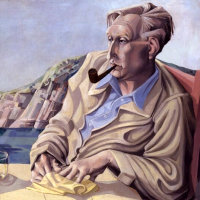 |
Sir William Walton, 1902–83. English composer.
After starting as something of an enfant terrible, he left England to live on the island of Ischia, where he continued the slow production of works in traditional genres (symphonies, concertos, oratorios), most of which have stayed in the repertoire. Among his most successful works is the oratorio Belshazzar's Feast (1931), which employs huge forces in a riot of pagan celebration.
|
 |
Peter Maxwell Davies, 1934–2016. British composer.
Sir Peter Maxwell Davies was Master of the Queen's Music (composer laureate) for the last decade of his life, celebrating his by-then establishment status. But he began as a radical, writing works such as Eight Songs for a Mad King that stretched the boundaries of performance practice. Like Britten, he has always liked working for specific performers and places, including many works for his adopted home of Orkney to the North of Scotland.
|
